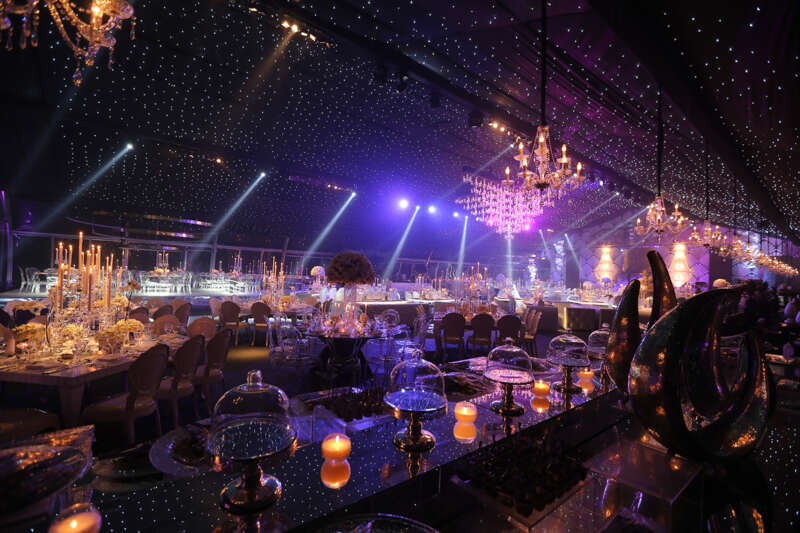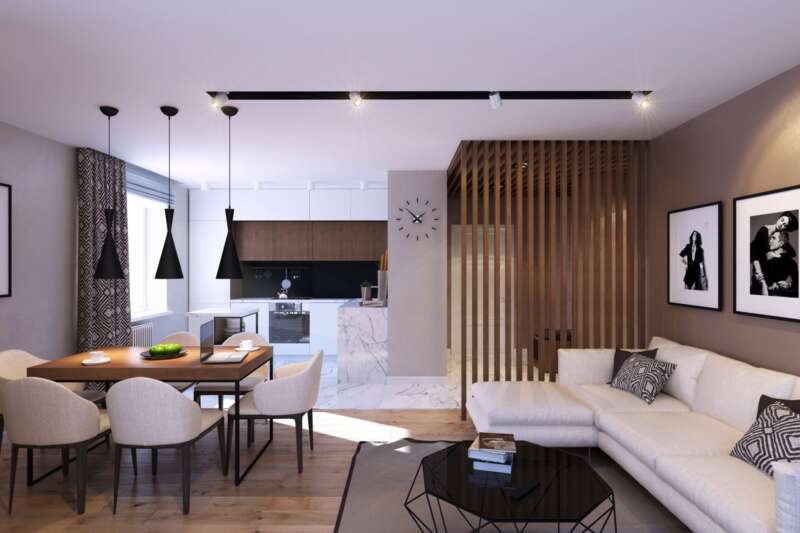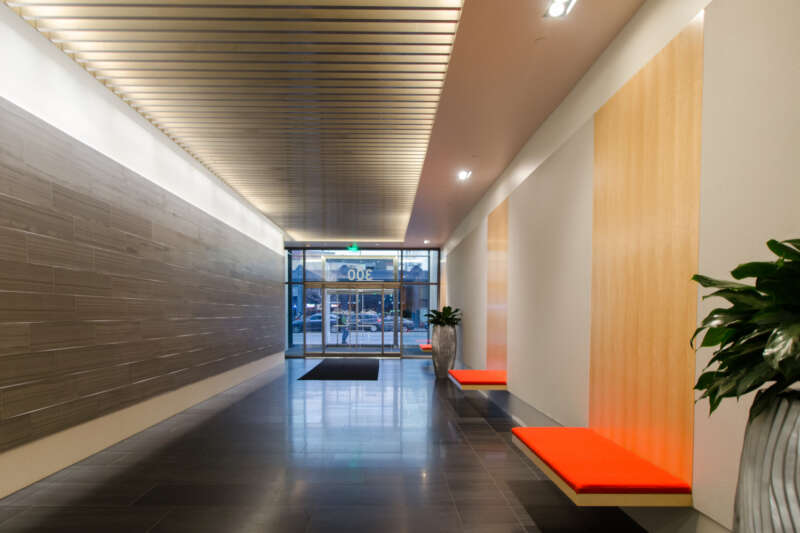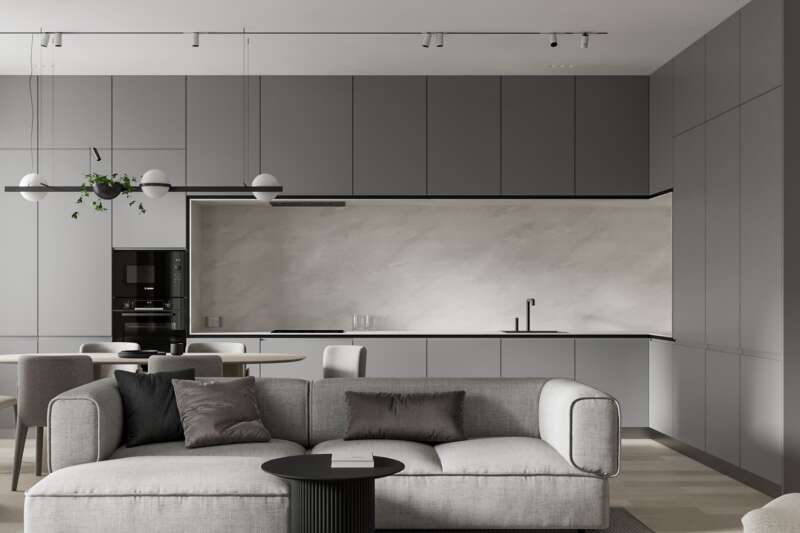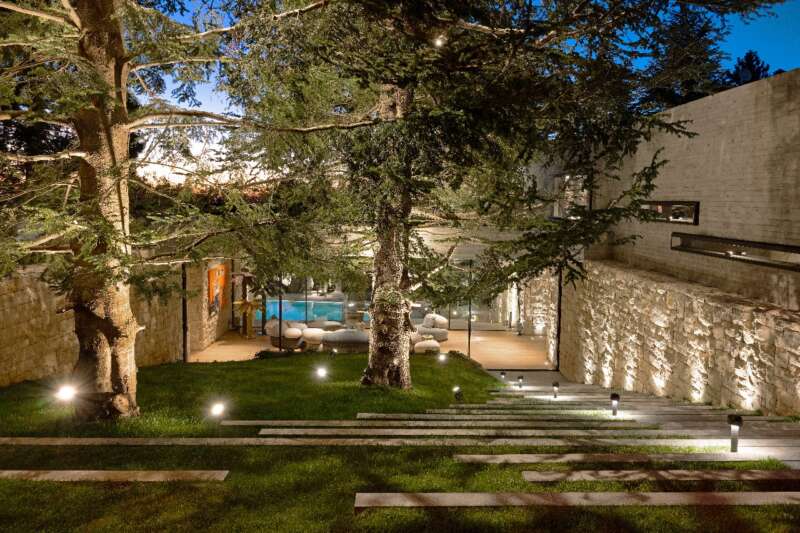Light Bulb Types
Light bulbs have come a long way from their early days, and they continue to evolve with advancements in technology.
The speed with which lighting technology is changing is particularly evident in the realm of the light bulb. Although Thomas Edison’s incandescent light bulb had few competitors until fairly recently, the number of light bulb types grows daily, spurred by consumer demand for more energy efficient and durable lighting choices.
Next time you need to go pick up some light bulbs, allow yourself a few extra minutes (or hours) in the light bulb aisle. Here are the different types of light bulbs:
Incandescent
Technically defined as a light bulb producing visible radiant energy by electrical resistance heating of a filament, this is the light bulb—the one Thomas Edison perfected in the 1880s and which has become the most pervasive light bulb in use.
Incandescents are prized for their warm color or CCT (typically 2,700-2,900 Kelvin), their color rendering or CRI (typically 90-100), and their familiarity—it is estimated that 75 percent of all light fixtures in American households use incandescent A19 light bulbs. Drawbacks of the incandescent include low efficacy (they are very inefficient), high heat generation and fragility.
Halogen
Also known as tungsten halogen, this light bulb is an incandescent light bulb that contains a tungsten filament and a small amount of a halogen gas such as iodine or bromine. The halogen gas and tungsten filament produce a chemical reaction that aids in the longevity of the light bulb.
Halogen light bulbs are more energy efficient than traditional incandescents, have similar color rendering or CRI (typically 90-100), and a warm color or CCT (typically 3,000-3,200 Kelvin). A PAR 38 halogen is commonly used in recessed fixtures. PAR stands for parabolic aluminized reflector, meaning the light bulb has a hard glass bulb, an interior reflecting surface, a precisely placed filament, and a lens to control beam spread.
Small pin-pronged halogen bulbs used for reading lamps or undercabinet lighting are also familiar to consumers, but are less popular as they require delicate handling; the oil on human hands can shorten the light bulb’s lifespan.
Fluorescent
Manufactured in both linear (tubes) or compact (A19, spiral or bent) shapes, a fluorescent light bulb contains mercury that is ionized by an electric arc, producing ultraviolet energy that causes phosphors coating the inside of the lamp to fluoresce or illuminate. Fluorescent light bulbs are prized for their energy efficiency, but are sometimes criticized for their poor color rendering or CRI (typically 60-80) and cool light color or CCT (typically 3,500-6,000 Kelvin).
However, new fluorescents are being produced with CRIs of 88, approaching incandescent, and warmer CCTs of 2,700 Kelvin. New electronic ballasts (versus older magnetic ballasts) have eliminated the flickering and buzzing that often occurred with linear fluorescent light bulbs; the ballast regulates current through the light bulb. Also, the size of the tubes has decreased, with slim T5 tubes, which measure 5/8ths of an inch, becoming a favorite for undercabinet lighting.
LED
An acronym for light-emitting diode, an LED light bulb has a semiconductor diode that radiates in the visible region of the spectrum. Many people associate LED lighting with the bright red or white display panels of digital clocks or appliances, but advancements in LED technology point to it becoming the light bulb of choice in the home. It is extremely energy efficient, and models may soon appear with color characteristics similar to incandescent; currently available LED light bulbs have color rendering or CRI ratings of 65-80 and warm CCT ratings of 2,700 Kelvin.
Xenon
Often used for undercabinet lighting, xenon light bulbs contain ionized xenon gas to produce light. Prized for their energy efficiency, xenon light bulbs may be used in place of small halogen light bulbs in undercabinet lighting and may be touched by hand without shortening its lifespan.



